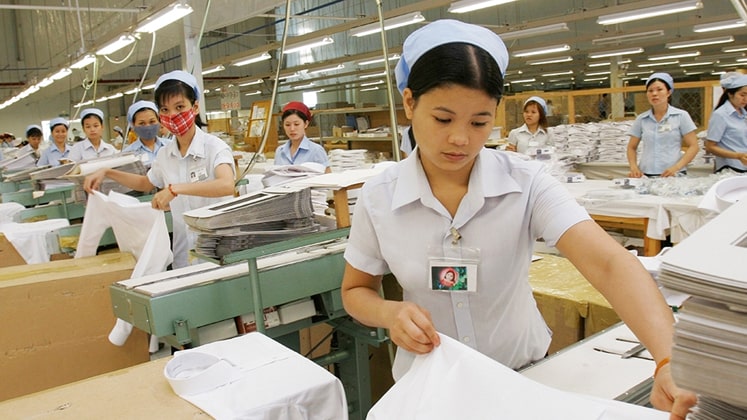
According to the country’s General Statistical Office, Vietnamese garment manufacturers felt the effects of a worldwide downturn that slowed demand in their major markets as the sector’s exports fell 17.4 per cent to US $ 7.2 billion in the first quarter from a year earlier.
According to Cao Huu Hieu, chief executive of the nation’s top textile and garment manufacturer Vinatex, textiles and apparel, Vietnam’s third-largest export earner after smartphones and electronics, have suffered as customers in the US, Europe, and other major countries limit spending on clothing.
Vietnamese manufacturers are experiencing a significant drop in orders as a result of a more than 60 per cent reduction in worldwide demand, which could cause the global textile industry to contract by as much as US $ 63 billion, according to Hieu.
According to Nguyen Huu Tuan, a senior official of the publicly traded Thanh Cong Group, local businesses were forced to cut roughly 20 per cent of their production, and many had to reduce their workforces.
According to Pham Xuan Hong, chairman of the Ho Chi Minh City Textile and Garment – Embroidery Association, other companies also reported a decline of more than 20 per cent in order quantity and value.
Vietnam’s economy, which grew at the second-lowest pace since 2011, was put under further stress in the first quarter due to the damage to the textile and apparel industries.
According to government data, Vietnam’s garment exports in 2017 were US $ 44 billion, falling short of the objective of US $ 47 billion.
Despite all obstacles, the textile and apparel industries are optimistic about the second half of the year because the pressure of rising inflation in major export markets like the US and Europe would ease, and there would also be advantages from newer free trade agreements that might boost the demand side.
This year, the textile and apparel organisation projects that exports will exceed US $ 45 billion.






